We assume that a fixed gender binary has been a constant throughout human history. Dr Maya Corry argues otherwise, looking to the masters of the Renaissance to challenge our contemporary understandings of beauty, gender, and the ideal form.
Each summer, commuters getting the tube in London are greeted by a wave of adverts for fast fashion brands. They feature the young, beautiful stars of that year’s Love Island, primped and primed to capitalise on their nascent fame. The men are deeply bronzed (rarely are the show’s breakout stars black) and muscley, with square jaws and short, groomed hair. The women are toned and slender, with large (often fake) breasts and flowing manes of (often fake) hair. These are bodies moulded by surgical and cosmetic enhancements to conform to a strictly binary concept of perfection: there is zero chance of any of these ‘hotties’ being mistaken for the opposite sex. The ideal they embody is not new; with their taut six-packs and enviable waist-to-hip ratios they evoke classical statues, such as the Apollo Belvedere or Venus de’ Medici, that were revered during the Italian Renaissance. Yet beauty is a quality with a history. What we consider attractive shifts and changes over time, and much wider forces than personal inclination influence our tastes. Alongside dominant and hegemonic ideals, counter-cultural and subversive ones exist and flourish. Visual imagery has always played a central role in shaping notions of what it means to be a man or a woman, and what is beautiful. Even during the Renaissance, when Antique forms were universally praised, artists explored alternative concepts of perfection in their work. On occasion, they did so in startlingly curious ways.
 SUGGESTED READING
How colour dictates the way we think
By James Fox
SUGGESTED READING
How colour dictates the way we think
By James Fox
An intriguing handful of images from this era depict beautiful bodies that seemingly reject binary gender categories. To the modern eye, it is difficult to tell whether these are young men or women. Museum curators and scholars have shared this confusion: a work catalogued as ‘Portrait of a Youth’ later becomes ‘Portrait of a Girl’; a single subject is identified as a woman by one art historian and a man by another. Original viewers would have been able to make this distinction with greater ease. Dress, pose and attributes all make a sitter’s sex apparent. Even so, the ideal of beauty on display is undeniably androgynous, with little to distinguish male from female subjects. These figures are universally young, with smooth unblemished skin, large limpid eyes, and flowing golden hair. In other examples (particularly in drawings produced by members of Leonardo da Vinci’s Milanese workshop), it is impossible to discern the sex of a figure: this is a truly fluid concept of perfection.







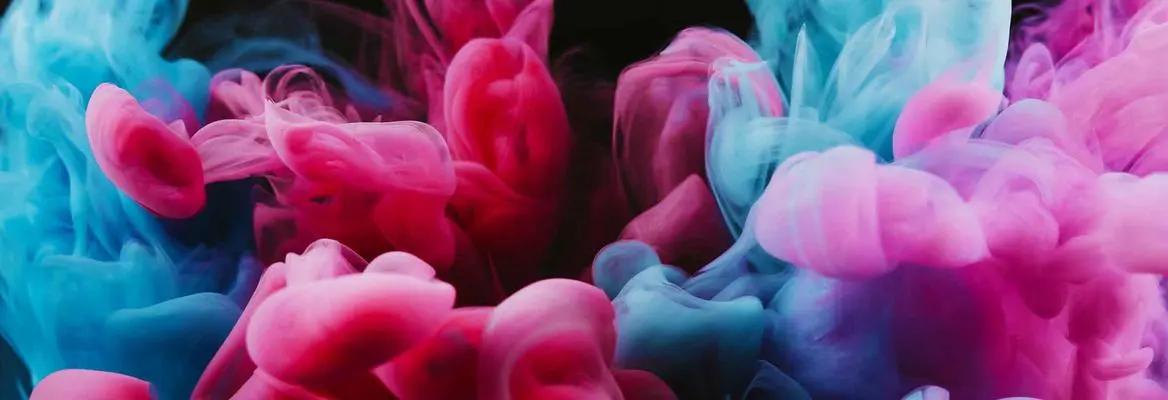

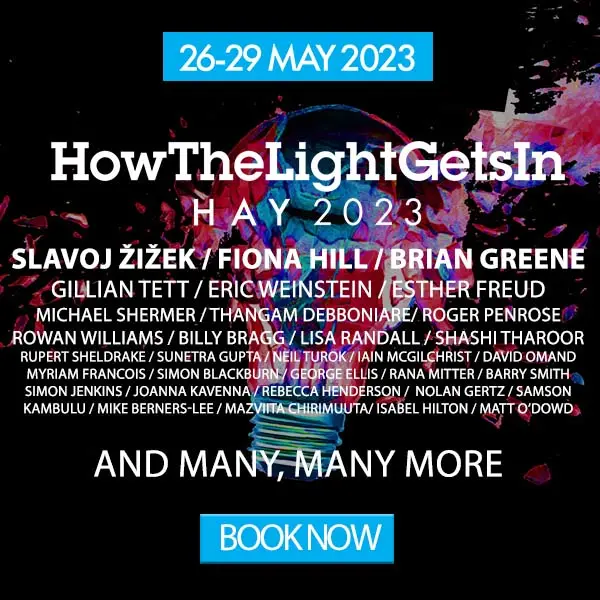

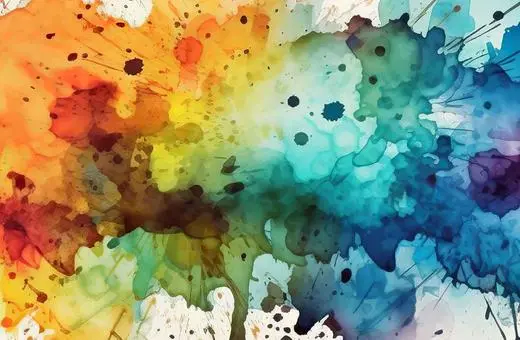
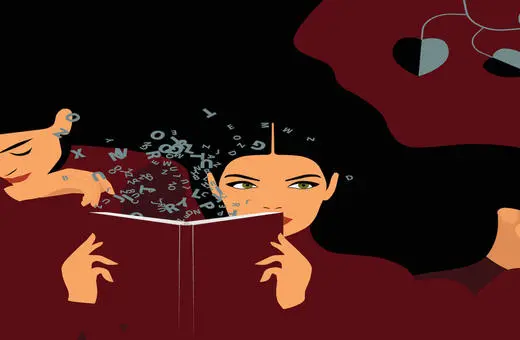


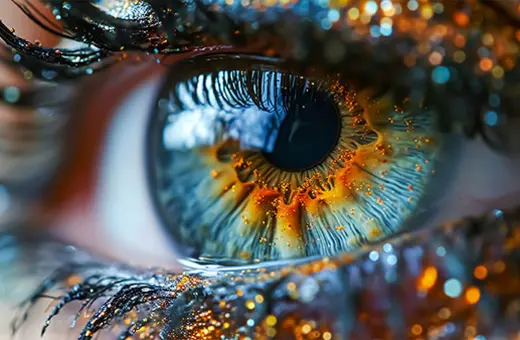
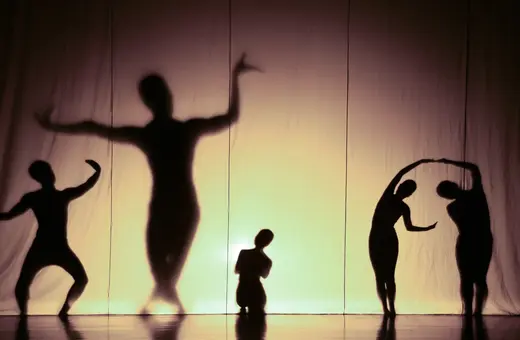
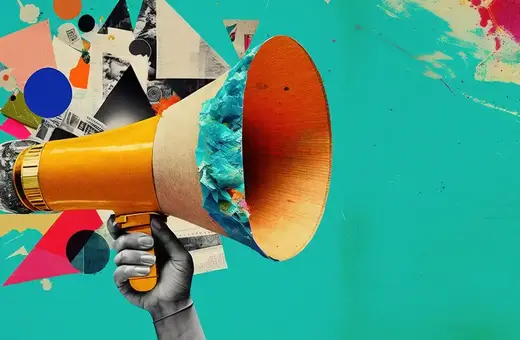




Join the conversation